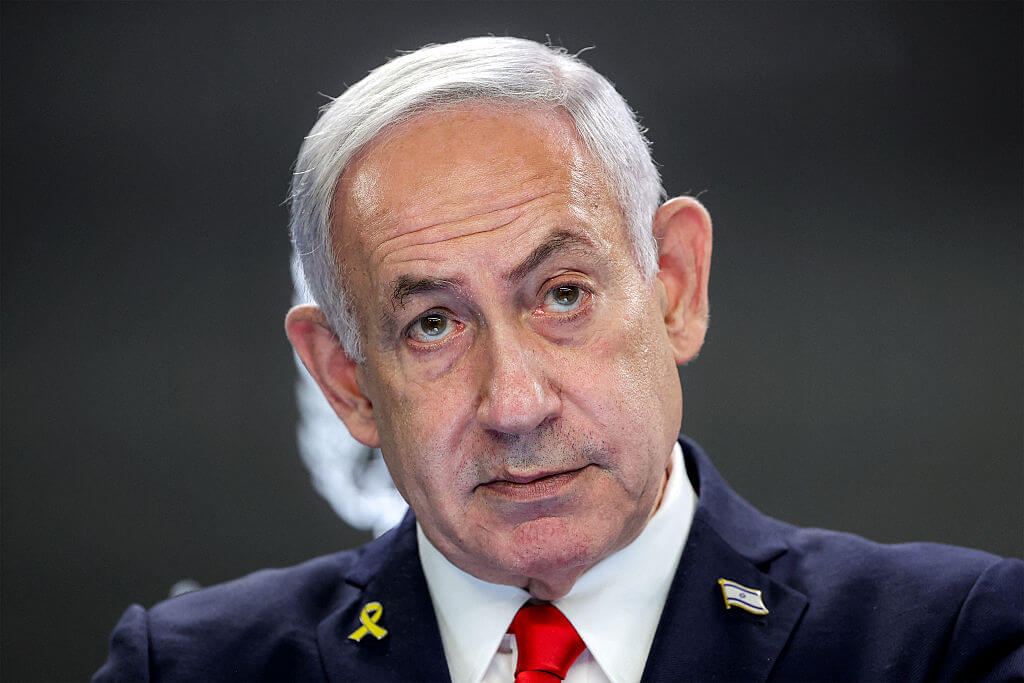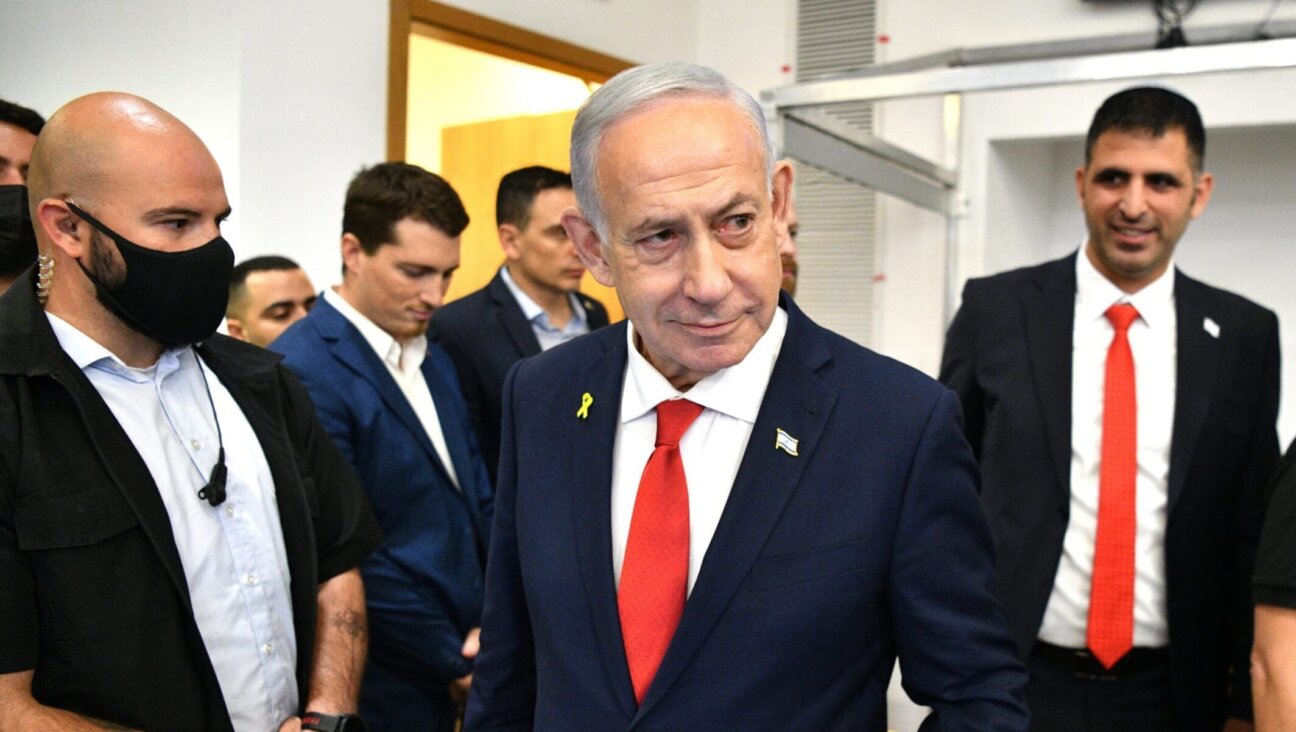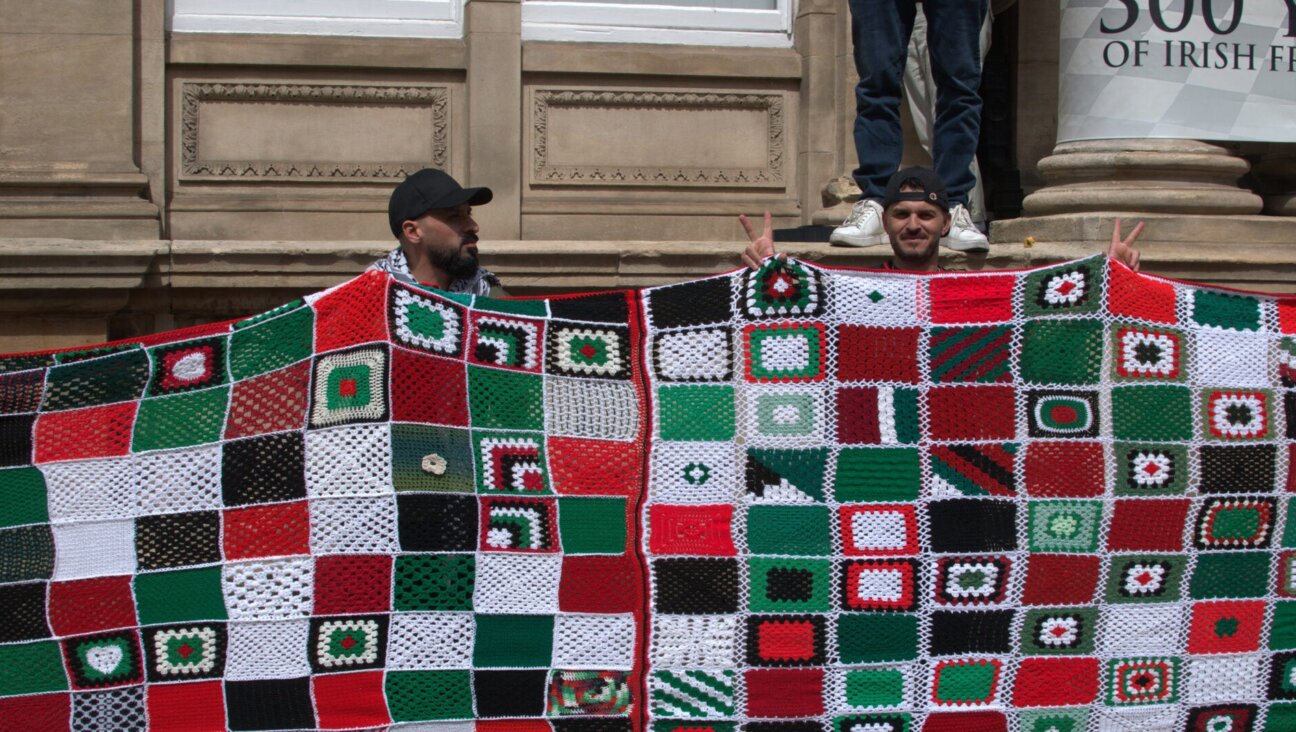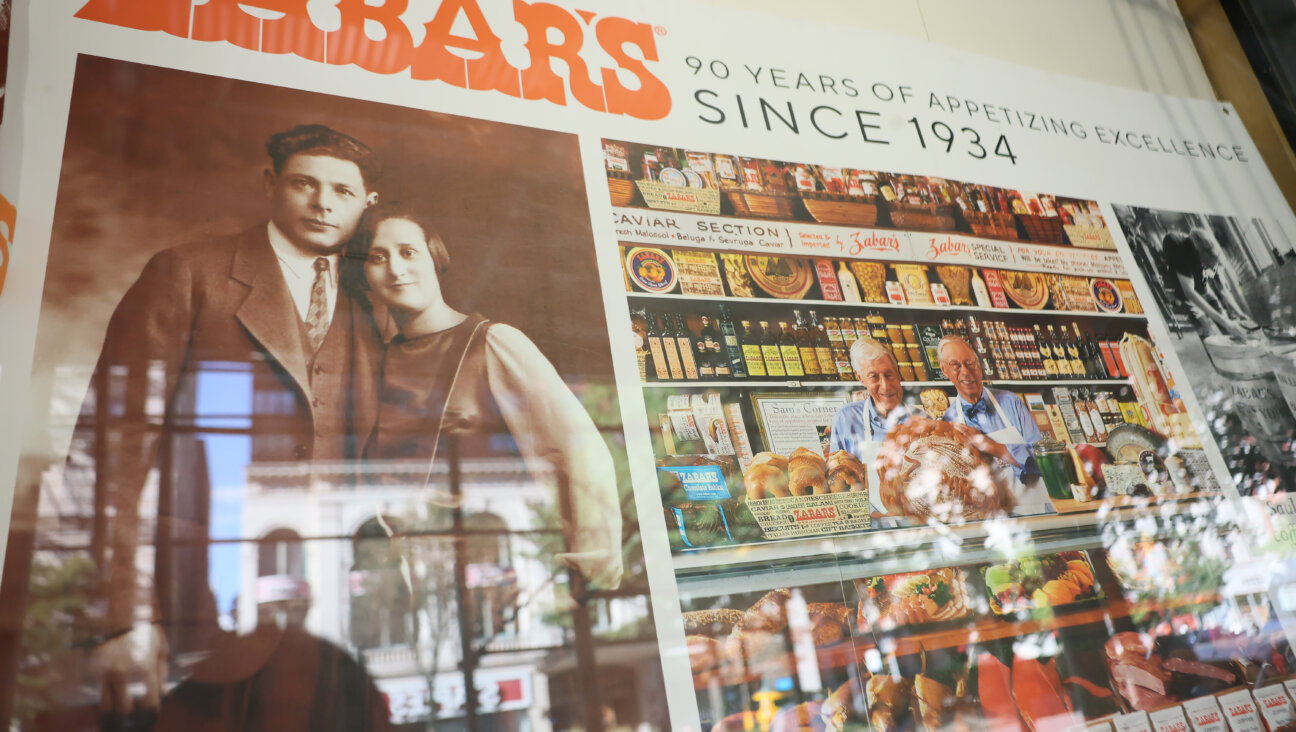Pressure Russia To Reveal Looted Art’s Heritage
Vladimir Putin, it seems, has finally gotten serious about stolen artworks. The theft reported last month of millions of dollars worth of objects from the Hermitage, the famed museum in St. Petersburg, has led to a frenzy of activity to inventory the artworks in Russia’s museums. On Putin’s order, the government set up an audit commission last week to look into how the 221 items were stolen and whether other of the Hermitage’s more than 2.5 million objects are missing.
While they are at it, the Russian government should make good on its nearly decade-old pledge to identify Nazi-looted art. For years, Russia’s efforts at identifying these artworks in its custody have been contemptible.
Artworks of sentimental, artistic and financial value were among the massive assets confiscated from European Jews by the Nazis, their collaborators and opportunists. Many of those works are believed to have been taken to the Soviet Union immediately after World War II. These cultural properties often are dubbed “twice stolen” — they were first looted by the Nazis, and then captured from the Germans by Soviet troops who viewed them as a form of war reparations.
Russia has cooperated, at least in theory, with the ongoing efforts to recover art looted from Jews by the Nazis. Among the most startling news from the 1998 Washington Conference on Holocaust-Era Assets was Russia’s agreement, without serious arm-twisting, to allow Nazi victims to claim artworks that ended up in Russia and to open its archives to researchers. That was reaffirmed at an international conference in 2000 in Vilnius.
But while Russia had agreed to open its archives, it was short of cash. Stuart Eizenstat, then the Clinton administration’s point man on restitution, announced that Edgar Bronfman and Ronald Lauder would provide $500,000 for a project to help organize a special register of displaced art and identify prewar owners through research in Russian archives. That project became known as “Heritage Revealed.”
Before it terminated its efforts last November, it produced reports on cultural properties from Hungary, Breslau and Austria, as well as a book on the return to Russia of the remaining archives of the Communist Party of Smolensk. That archive had been seized by the Nazis, and much had been recovered by the Red Army. However, some 500 files were located by American authorities in Germany and were not returned until December 2002.
Russia appeared to take the issue seriously, and some Russian officials involved with the Bronfman- and Lauder-sponsored project showed a clear sympathy for the efforts to identify Nazi-looted art. “During World War II, these works of art suffered severe trials, many of them witnesses of ruined individual and family fortunes, of the tragic fate of nations,” Mikhail Shvydkoi wrote in a “Heritage Revealed” catalog. Shortly thereafter, however, he was toppled from his post as culture minister.
And there is a restitution law on the books in Russia, but it illuminates the government’s ambivalence, if not hostility, toward identifying and returning Nazi-looted art. The law has some rather unsavory features, including charging successful claimants for storage and appraisal fees.
However, the biggest flaw in the process is that no one really knows what Russia has — and until the artworks are made public, it is impossible to begin provenance research and initiate claims.
“Heritage Revealed” was unable to produce a register. Russia’s Culture Ministry made an effort, inaugurating a Web site listing displaced art, including objects that had disappeared from Soviet institutions during the Nazi occupation. In March 2003, the site posted images of some 10,000 items, and the Culture Ministry said it planned to post 500,000 by 2005. But the Web site quickly vanished from the Internet. Observers said that when Nazi victims, originally from Breslau, recognized artworks and filed claims, Moscow realized that if you post it, they will come. The easiest way to protect Russia from restitution claims was to simply stop publishing holdings online.
Even when the site was functioning, it was of limited value. It was in Russian, lacked a decent search function, and some preeminent institutions were not among the original participants. There were no paintings from the Hermitage or, for that matter, from Moscow’s State Historical Museum, which is generally believed to have a significant amount of trophy art.
Six years have passed since the last international governmental conference on looted cultural properties, and last year the last small source of outside pressure on Russia ceased with the closure of “Heritage Revealed.” Now, however, Putin has a humiliating incentive to inventory artworks.
The State Department and victims’ advocates should impress upon the Russian president that it behooves him to abide by his international commitment to attempt to identify works that might have belonged to Nazi victims and that are eligible for restitution under Russian law.
No one expects Putin to provide quick or extensive provenance research. The artworks, after all, migrated during the war. But that does not mean the Russian government has nothing to go on. When Soviet troops brought home one particular Old Master from Berlin, for example, they did not stop to consider that the painting may have been stolen by the Nazis in 1940 from a Jewish dealer in Amsterdam. Indicating that the work was looted, as one German diplomat has noted, might involve little more than posting the date it came into Russian possession: “Acquired in 1945. It’s a good clue.”
Marilyn Henry, a contributing editor at ARTnews magazine, is author of the forthcoming “Confronting the Perpetrators: A History of the Claims Conference” (Vallentine Mitchell).














